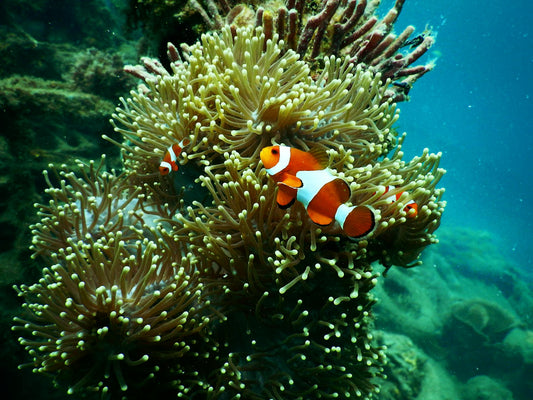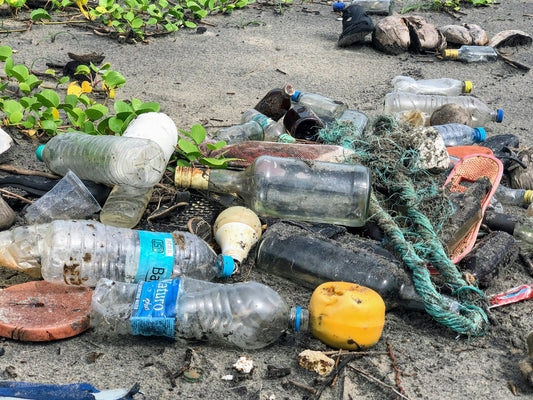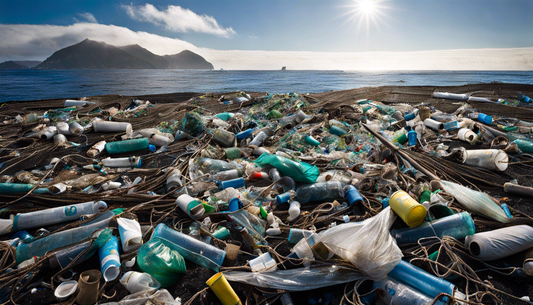Share
There are roughly 30,000 wild species that have found their way into the U.S.. This figure comes from the latest data captured by the Law Enforcement Manage Information System—a US wildlife trade monitoring organisation.
A Wild Trading Set:
In a research collaboration involving the University of Adelaide and led by the University of Hong Kong, trade data documented over 22 years unveiled this astonishing figure. During this period, more than 2.85 billion individual animals have been traded, half of which hailed from the wild. The United States bears the distinction of being one of the world's largest wildlife importers, documented or not.
The Legal Brain Teaser:
But here's a head-scratcher: a meagre 0.01 per cent of the wildlife trade was found to be illegal. However, this may point more towards a need for legal reform to protect a wider variety of species, rather than the market being perfectly lawful. The rules focus on a small slice of wildlife, often the more famous and glamorous species.
The World's Ark:
The US isn't the only wildlife trading hotspot. It's a global challenge. According to an assessment by the Intergovernmental Science-Policy Platform on Biodiversity and Ecosystem Services, there are around 50,000 species in trade globally. That's a staggering amount of wildlife being bartered around without a coherent monitoring system.
Trade With Caution:
Unveiling this somewhat worrying trading picture calls for substantial global attention. It underlines the necessity for a robust monitoring system and sustainable management practices. But, without comparable global data, it's going to be tricky to gauge the actual impact of trade. Let’s keep our fingers crossed for coordinated and sustainable marketplaces, where every species has a fair chance.
International efforts are underway, and upcoming research on global wildlife trade is expected to provide a deeper understanding of the situation and maybe even lead the way to promising solutions. Hold on to your binoculars, folks, the discoveries are just beginning!
We hope you enjoyed this article. Please feel free to leave a comment below if you want to engage in the discussion.
If you want to read more like this, make sure to check out our Blog and follow us on Instagram. If you are interested in truly sustainable products, check out our Shop.
Check out the original source here.








